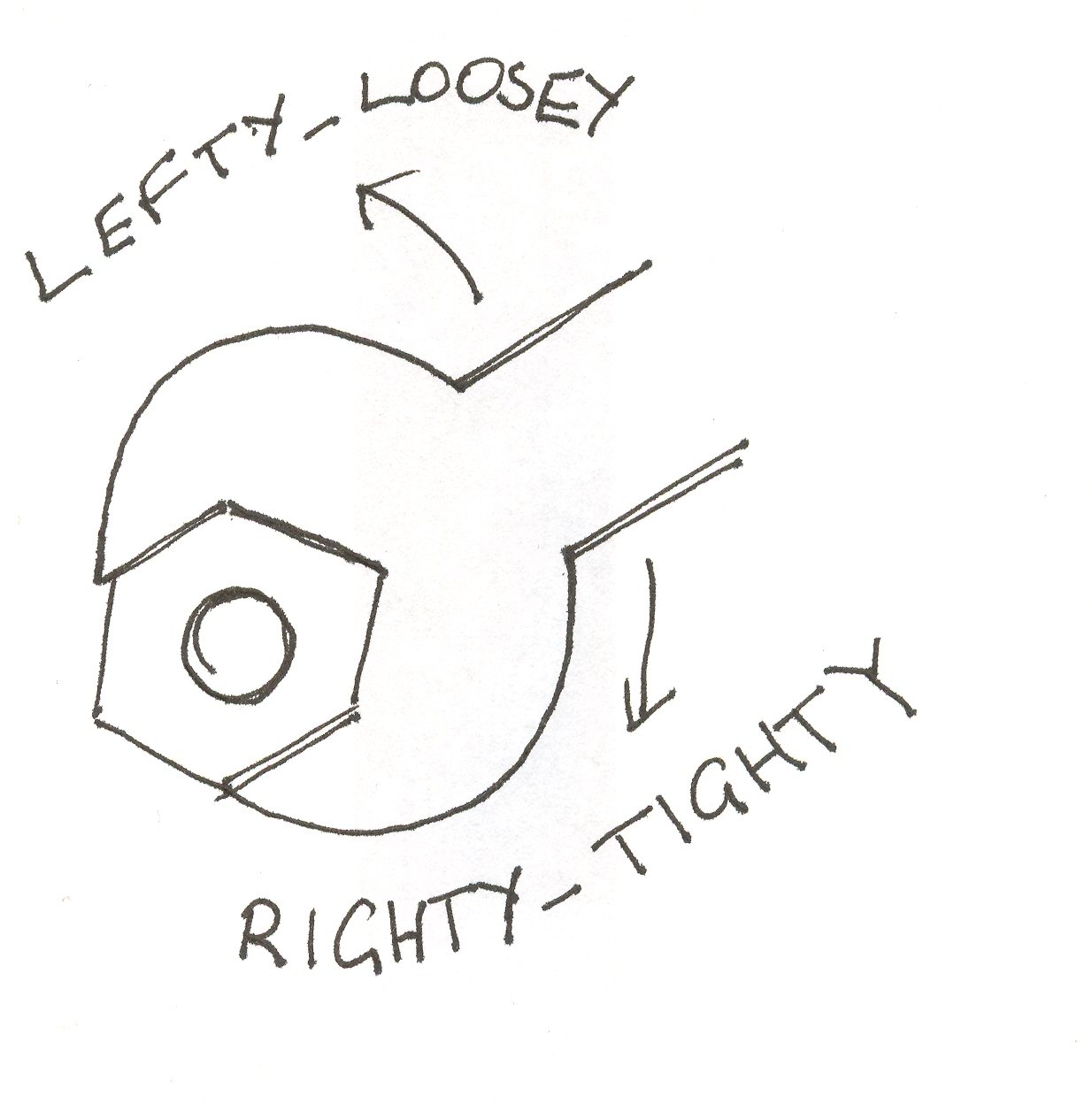this post was submitted on 13 Oct 2024
469 points (98.0% liked)
Asklemmy
43936 readers
436 users here now
A loosely moderated place to ask open-ended questions
If your post meets the following criteria, it's welcome here!
- Open-ended question
- Not offensive: at this point, we do not have the bandwidth to moderate overtly political discussions. Assume best intent and be excellent to each other.
- Not regarding using or support for Lemmy: context, see the list of support communities and tools for finding communities below
- Not ad nauseam inducing: please make sure it is a question that would be new to most members
- An actual topic of discussion
Looking for support?
Looking for a community?
- Lemmyverse: community search
- sub.rehab: maps old subreddits to fediverse options, marks official as such
- !lemmy411@lemmy.ca: a community for finding communities
~Icon~ ~by~ ~@Double_A@discuss.tchncs.de~
founded 5 years ago
MODERATORS
you are viewing a single comment's thread
view the rest of the comments
view the rest of the comments

Never heard of that. When attending a trade school there was never the necessity of a mnemotechnic to know in which direction turn the tool.
As other mentioned this kind of phrase is useless if you are in the opposite side of the thing you want to tighten/loose.
What I always heard is “la regla del destornillador” (the screwdriver rule), as a substitute for the right hand rule.
People on the other side don't deserve a mnemonic.